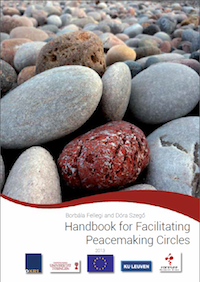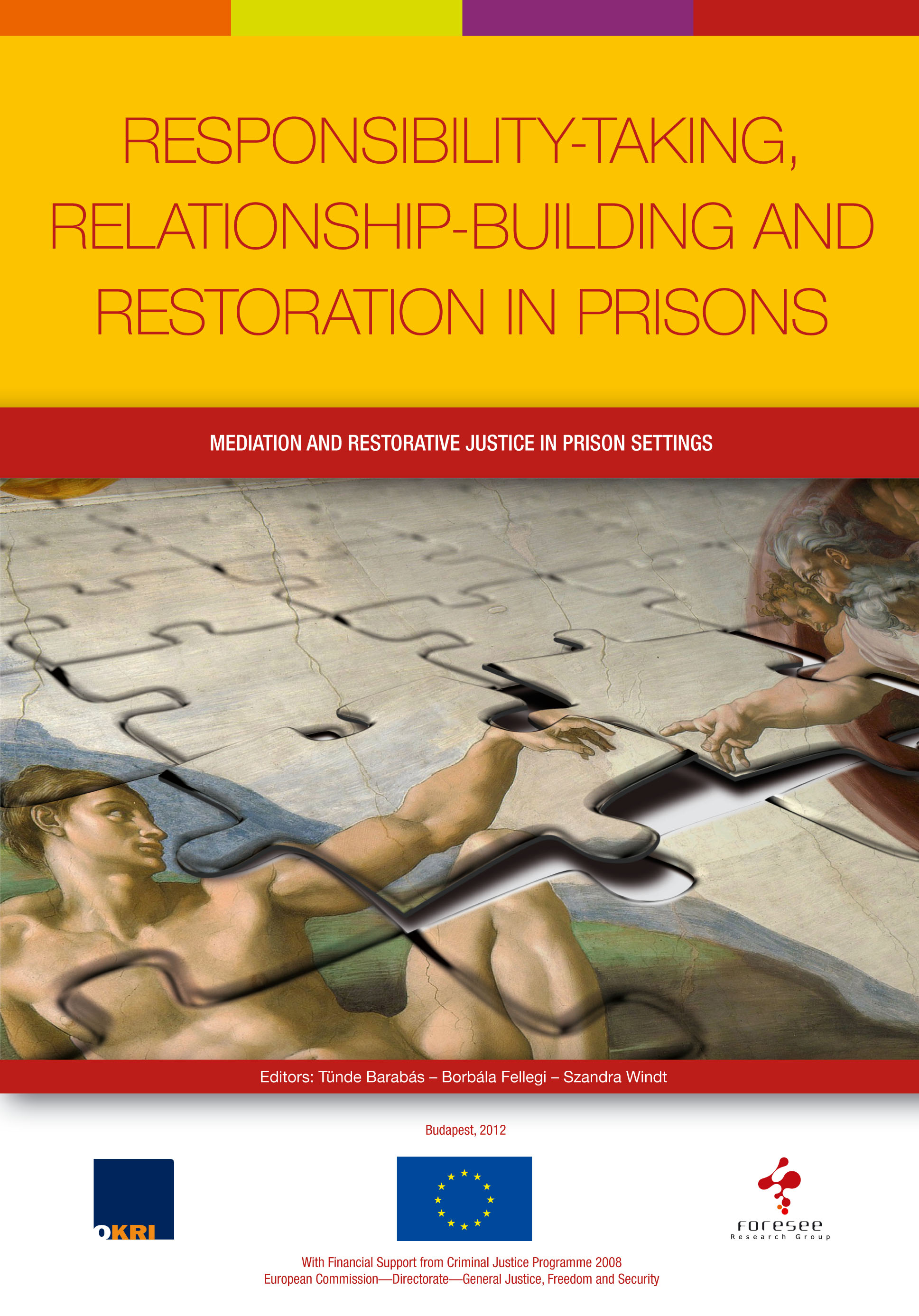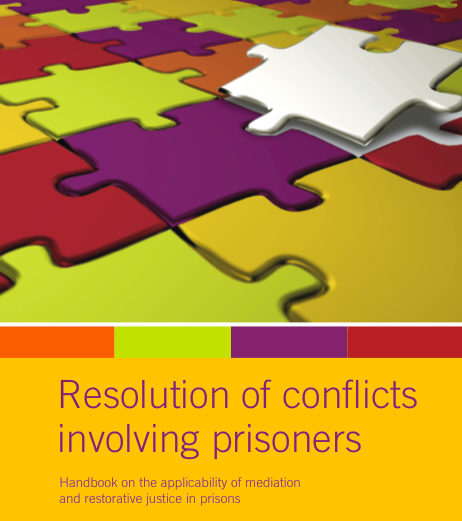The main working mode of the two-day meeting took the form of interactive workshops that provided a good ground for exchange of information, inspirational dialogues and a great possibility to network.
Main themes of the meeting included:
• Introduction of the organisations of the participants (practitioners’, field workers’ and researchers)
• Contextualisation of how ideological extremism and violent radical behaviours occur in different countries with a special focus on South and Eastern European member states and what challenges it provides
• Sharing different methods and best practices as well as failures to learn from
• Common challenges of working in this field as civil actors
The conference invited practitioners from many different fields to share and discuss the different approaches and methods in the fight against extremism. To name a few, the Swedish and Italian EXIT help people who are motivated to leave neo-nazi groups or cults in their social empowerment and reintegration. The Italian Association for Victims of Terrorism is setting up a database containing victims’ testimonies of different terror crimes. The University of Osnabrück has an inspirational project of creating counter narratives deconstructing stereotypes and prejudices against ethnic minorities. The Hungarian minority in Slovakia was represented by a non-governmental organisation Fondament. The English RecoRa gives a variety of local support and education for risk groups like young gang members, their families and communities to prevent and manage escalation of hate crimes. The Coalition for Work with Psychotrauma and Peace help in the psychic rehabilitation of victims of war in Croatia. The Slovenian Association for Nonviolent Communication provides various education programs for prisoners of war and domestic violence in order to break individual patterns of aggressive behaviour. Human Dimension OSCE gave an astonishing country report on Bosnia and Herzegovina. The Hungarian Foresee Research Group investigated the question how the restorative approach and practices could be applied in tackling extremism and radical behaviour.
The conference, just as the famous three bridges of Ljubljana, created the opportunity to get connected on many different levels.
Summary written by Zsuzsanna Z. Papp.

















No comments